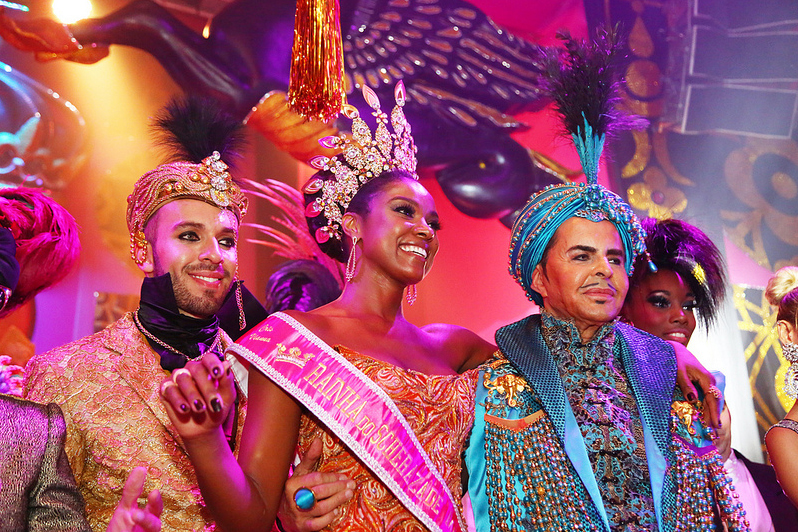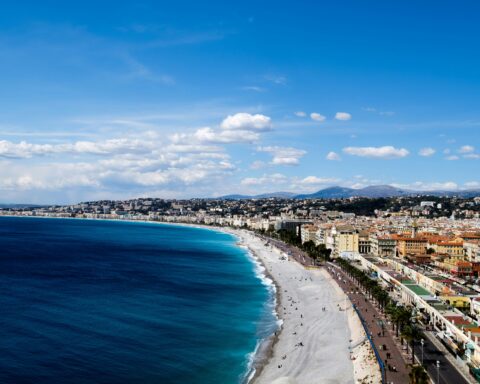During the Rio Carnival, which took place this year from February 28 to March 8, a prestigious event is orchestrated in parallel and appears as one of the most popular social moments on the planet: the Copa Ball.
There would be no Copa Ball without the Rio carnival. It has its origins in the European celebrations, especially those held in Portugal and Spain related to pre-Layme. According to several sources, the term carnival is also a derivative of Carne Vale which means “farewell to meat”, in correlation with the 40 days of deprivation of meat during this religious moment. The festivities then celebrated the last days before the beginning of Lent and were exported to Brazil during the Portuguese colonial era from 1500 to 1800, with other celebrations such as Mardi Gras. But quickly, the carnival in Rio managed to pull off its streak and become today the most famous in the world.
The history of Rio’s carnival
The Brazilian version has distinguished itself through the influence of African cultures. At the time, slaves added their own rhythms and music, such as samba. This dance was not really introduced until 1917, the participants dancing polka and waltz in the 19th century.
It was therefore from the 1920s that samba became popular with schools in the working-class districts of Rio, where Afro-Brazilian communities popularized the movements. The first official samba school was founded in 1928 and is called Deixa Falar. Today, a multitude of great samba schools meet each year to dance together, such as Beija-Flor, Mangueira, Portela or Salgueiro.
Voir cette publication sur Instagram
The Rio carnival continues to conquer the hearts of the local public in the 30s and 40s and acquires a good reputation in the 50s with the arrival of television. The 80s were marked by the creation of the Sambódromo by the Brazilian architect Oscar Niemeyer, a stadium specially dedicated to samba schools. The performances take place alongside competitions for 4 days. The dancers compete in inventiveness to create costumes and floats as prestigious and impressive as their dance. Celebrating the traditions of the country and highlighting the typical Brazilian atmosphere, the Rio carnival is the most anticipated festive event of the year. In 2024, tens of thousands of people travelled to Rio to attend the hundreds of parties orchestrated over a ten-day period and the many themed events.
Copa Ball, the ultra luxury event of carnival
While the public is feasting in cities, a very select community gathers in parallel to classical celebrations. Not on the street, but in prestigious places. The term Copa Ball is also a reference to the Copa football cup and this idea of exclusivity and elitism.
Voir cette publication sur Instagram
Head for the Copacabana Palace, a five-star hotel under the aegis of the Belmond brand (LVMH) and inaugurated in 1923. The Art Deco-influenced establishment welcomes every year the greatest celebrities and elites from the world of business and entertainment. Not surprising since the entrance ticket is worth a certain price.
The Copa Ball takes up the key elements of Rio’s carnival: costumes, music, dance, festive atmosphere… All with a prestige standing, gastronomic dishes, high-end drinks and a five-star hotel service. If you are not wearing a carnival outfit, the dress code requires women to wear evening dresses and men to wear black tie tuxedos. A luxury experience at its best.
Read also : Watches & Wonders: the best addresses in Geneva
Featured photo : © Rio Carnaval















